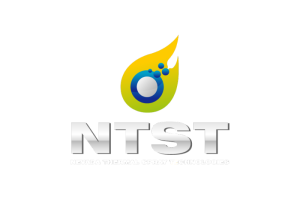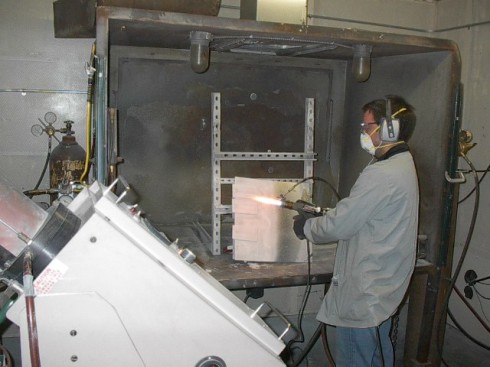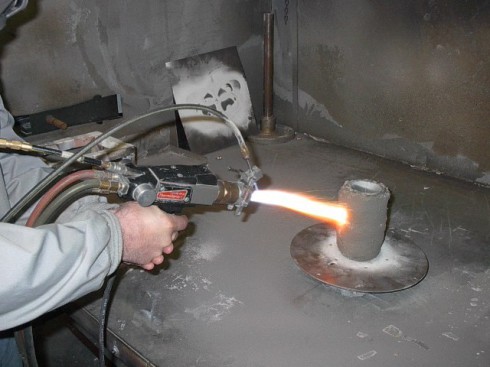
Latest NTST News:
New Hi-Tech Coatings:
Aluminum Nitride (AlN)
Boron Carbide (B4C)
Cubic Boron Nitride (c-BN)
Hex Boron Nitride (h-BN)
Chromium Nitride (CrN)
Fire Prevention
Porcelain
Silicon Carbide (SiC)
Silicon Nitride (Si3N4)
Tantalum Nitride (TaN)
Thermal Protection Systems Titanium Diboride (TiB2)
Titanium Nitride (TiN)
Zirconium Nitride (ZrN)
Download product bulletins at the "DOWNLOADABLE BROCHURES" section to the right >>>>>>
Download the "New NTST Coatings" Brochure for a short description of our newest products.
Need more technical information?
Click on the PRODUCTS tab above
Contact Information
call:
702-449-2154 Dominic
702-978-0151 Ron Kostick
email:
dominic@nevadathermalspray.com
or click for:
Nevada Thermal Spray Tech.
4842 Judson Avenue, Suite 115
Las Vegas, NV 89115
Thermal spray coatings are
used in over 50 industries
Combustion Processes (Flame)
NTST no longer offers coatings produced with any combustion process. However, consulting regarding the use of these processes is available.
Combustion processes combine air, oxygen, and a fuel gas to generate a high temperature, high velocity plume that is optimum for producing metallic coatings. With the relatively low flame temperature of the processes, the feedstock is melted by convective heat transfer with no superheating or vaporization of the droplets. When the droplets strike the substrate, their temperature peaks as the high kinetic energy of the droplet is transformed into thermal energy and the droplets causing thickness buildup. The Flame process (e.g. Figures 1&2) utilizes subsonic gas velocities to fabricate coatings.
Figure 1. Fabrication of an Al coating using the Flame process
Figure 2. Fabrication of an Ni coating using the Flame process




